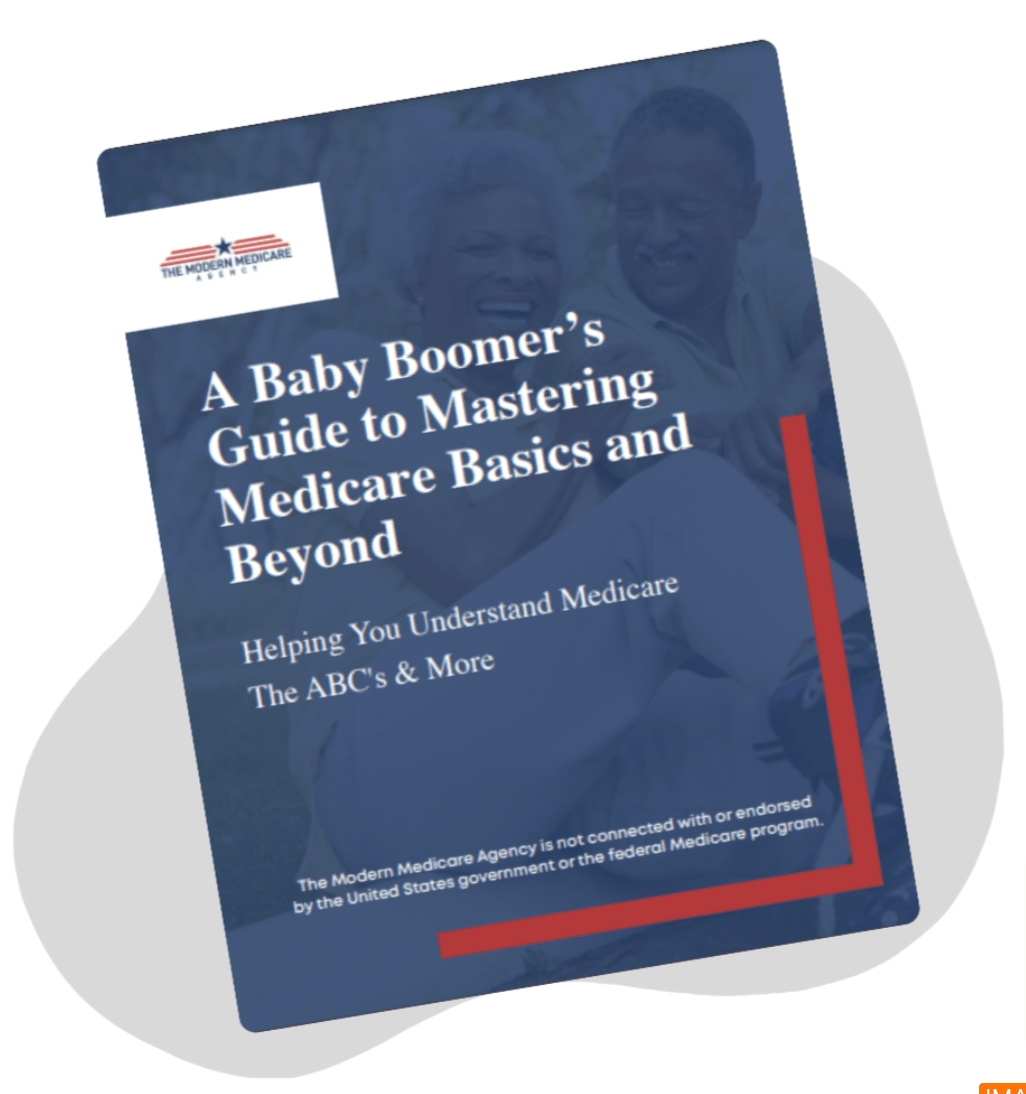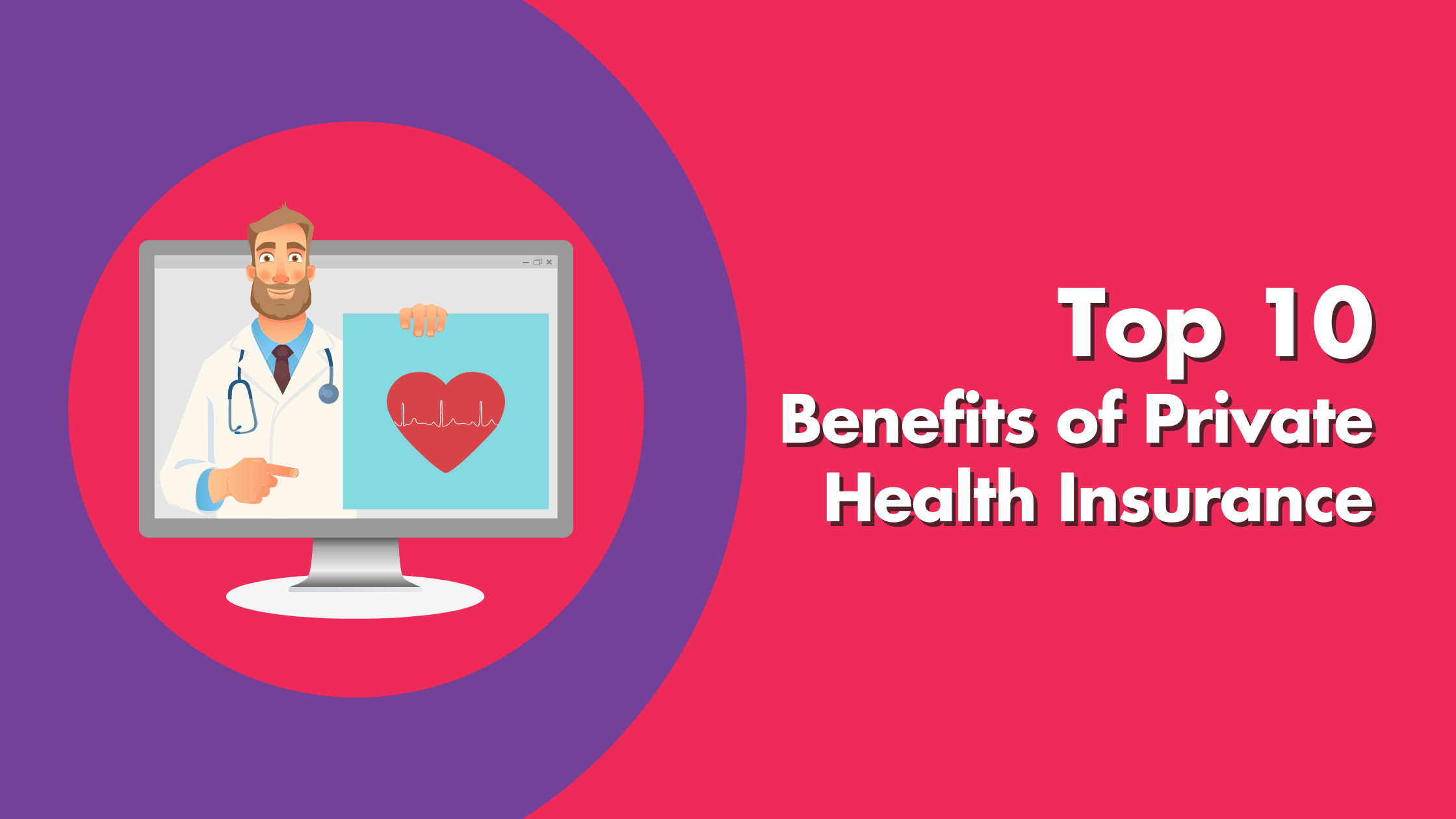The Single Strategy To Use For Medicare Advantage Agent
Things about Medicare Advantage Agent
Table of ContentsHow Medicare Advantage Agent can Save You Time, Stress, and Money.The Medicare Advantage Agent PDFsMore About Medicare Advantage Agent


follows from confusing the puzzling young age profile of the uninsured with without insurance better health, wellness average, of younger personsMore youthful For those without accessibility to workplace health insurance, poor health and wellness is a prospective barrier to buying nongroup insurance coverage due to the fact that such insurance coverage might be very priced, exclude preexisting problems, or be simply not available. Unless otherwise noted, nationwide estimates of individuals without wellness insurance policy and proportions of the population with different kinds of protection are based on the CPS, the most commonly used source of estimates of insurance protection and uninsurance prices.

The Best Guide To Medicare Advantage Agent
The connection in between health and wellness insurance coverage and access to care is well developed, as recorded later in this phase. The connection in between wellness insurance policy and health and wellness end results is neither straight nor simple, a substantial medical and health services research study literature links wellness insurance protection
to improved better accessibility care, better much better, and improved boosted and population health wellness. The 2nd record, on personal wellness results for uninsured grownups, is stood for by the innermost circle of the figure, while the third record, on household wellness, includes the topics of the second record yet emphasizes a different system of evaluation, namely, the family.
It concentrates particularly on those without any health insurance for any type of size of time. The problems dealt with by the underinsured are in some aspects similar to those dealt with by the without insurance, although they are usually much less severe. Uninsurance and underinsurance, nonetheless, entail clearly different plan issues, and the methods for resolving them may vary. Throughout this study and the 5 reports to comply with, the main focus gets on individuals without any wellness insurance coverage and thus no aid in spending for healthcare beyond what is offered via charity and safety net organizations. Health insurance policy is an effective factor affecting receipt of care because both people and physicians react to the out-of-pocket cost of solutions. Medical insurance, nonetheless, is neither needed neither sufficient to get to medical solutions. Nonetheless, the independent and straight result of health and wellness
insurance policy coverage on access to health and wellness services is well developed. Others will certainly obtain the healthcare they need even without medical insurance, by paying for it out of pocket or seeking it from providers that provide care complimentary or at highly subsidized prices. For still others, medical insurance alone does not make sure receipt of treatment due to the fact that of other nonfinancial obstacles, such as an absence of health and wellness care providers in their community, restricted access to transport, illiteracy, or linguistic and cultural distinctions. Official research study concerning without insurance populations in the USA dates to the late 1920s and early 1930s when the Board on the Expense of Medical Care created a series of records concerning financing medical professional office sees and hospitalizations. This issue came to be salient as the numbers of medically indigent climbed up during the Great Clinical depression. Empirical researches constantly sustain the web link in between access to care and enhanced health end results(Bindman et al., 1995; Starfield, 1995 ). Having a regular source of treatment can be thought about a forecaster of access, rather than a straight step of it, when health and wellness outcomes are themselves used as gain access to signs. This expansion of the notion of gain access to measurement was made by the IOM Board on Monitoring Gain Access To to Personal Healthcare Provider(Millman, 1993, p. Whether why not try these out moms and dads are guaranteed shows up to impact whether their kids receive treatment as well as just how much careeven if the youngsters themselves have insurance coverage(Hanson, 1998). The health of website link moms and dads can impact their capability to look after their youngsters and the degree of household stress and anxiety. Fretting about their children's access to care is itself a resource of stress and anxiety for moms and dads. 3 chapters comply with in this record. Phase 2 gives an overview of just how employment-based medical insurance, public programs and private insurance coverage policies run and engage to offer comprehensive but insufficient coverage of the united state population. This consists of a testimonial of historical patterns and public laws impacting both public and personal insurance coverage, a discussion of the communications amongst the different kinds of insurance, and an exam of why individuals relocate from one program to one more or wind up
